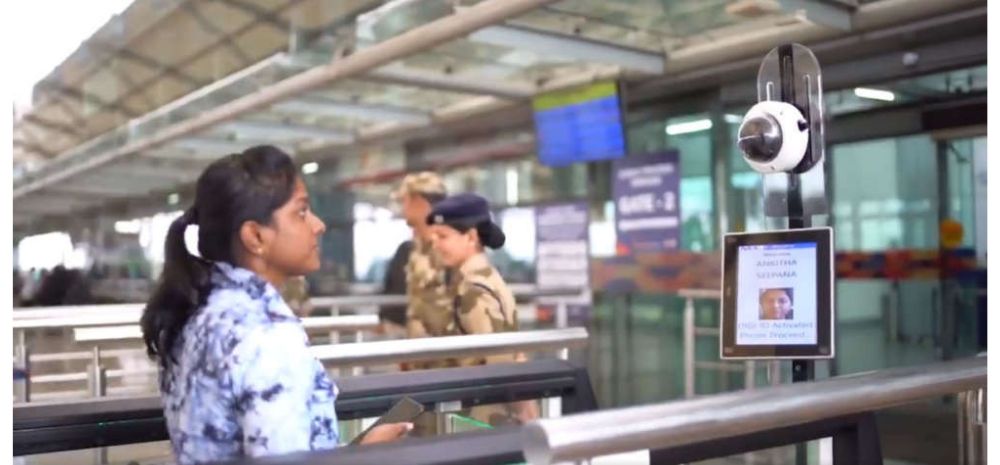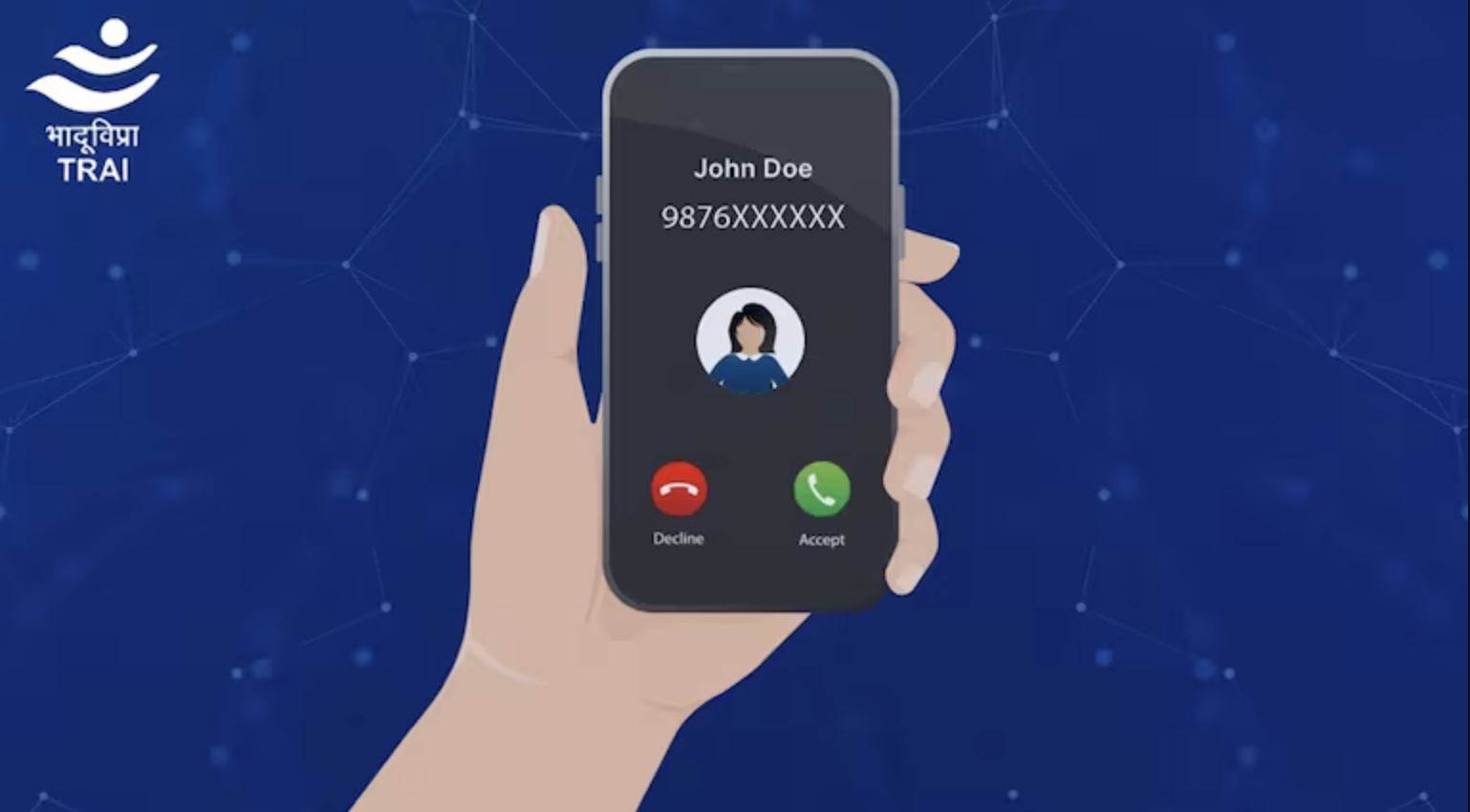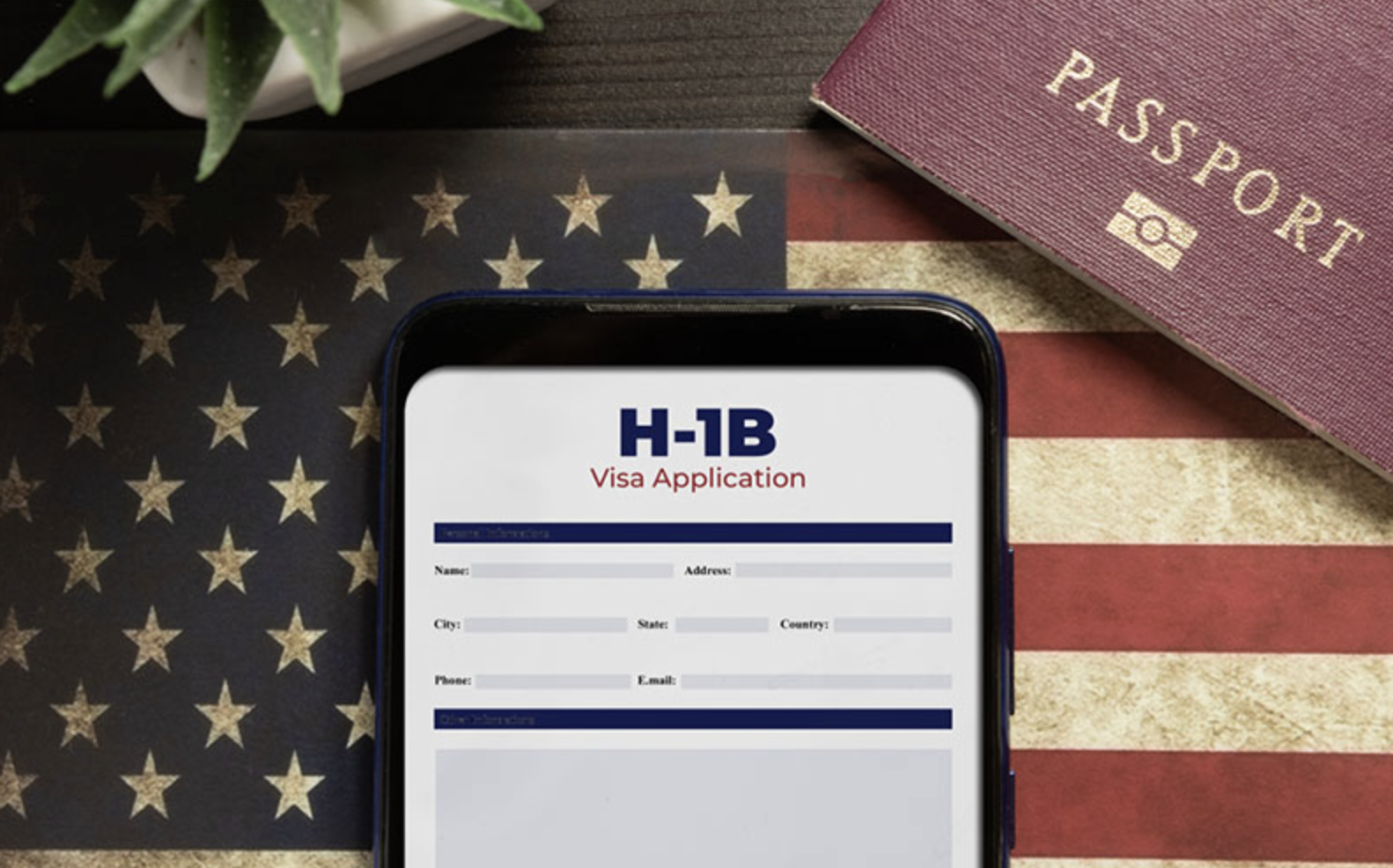A mobile application, DigiYatra, which was developed to facilitate the contactless movement of passengers at airports’ various checkpoints finds itself in troubled waters.

Survey Claims DigiYatra Gathering Passengers Biometric Without Consent
This is due to the complaints against it, that it gathered biometric data from passengers without their consent.
Local Circles conducted a survey and 29% of the fliers who signed up for the DigiYatra at the Delhi airport over the last six months, did so “unknowingly”.
When they were posed with the question “When you travelled via a flight from the Delhi airport in the last 6 months, how did you sign up for the DigiYatra program?”, the responses were different.
29% of respondents said that they “unknowingly” signed up for the program, whereas 15% said that they signed up as there was no regular queue.
Out of the total 10,892 responses recorded, only 15% of the populace was aware of its benefits. The application is available in 13 airports in India as we speak.
Though Digi-buddies has been arranged by the government to assist the passengers, 85% of the survey respondents feel that the government should create some awareness about the program.
It was Rajya Sabha member Saket Gokhale who pointed out the fact that the biometric data of passengers was being gathered without their information and raised it to the Union Civil Aviation Minister Jyotiraditya Scindia.
However, the claims of TMC MP, Scindia explained that the app was a “purely voluntary” for the passengers who travel by air and their data is only collected after their consent.
Notably, it is in encrypted format that the data is stored.
Let’s see how the app functions.
How DigiYatra Works?
In order to avail the service, the passenger has to register one’s details on the app using Aadhaar-based validation and self-image capture. As a next step, he or she has to scan the boarding pass and after this the credentials shall be shared with the airport.
Once the passenger arrives at the e-gate, he or she has to scan the bar-coded boarding pass and then the passenger’s identity and travel document shall be validated by the facial recognition system installed in the e-gate. Once validated, passenger can proceed through e-gate.
Though it seems like a great digital or automatic innovation, it also has to be seen that it is done consciously, scrupulously with the consent of passengers.













